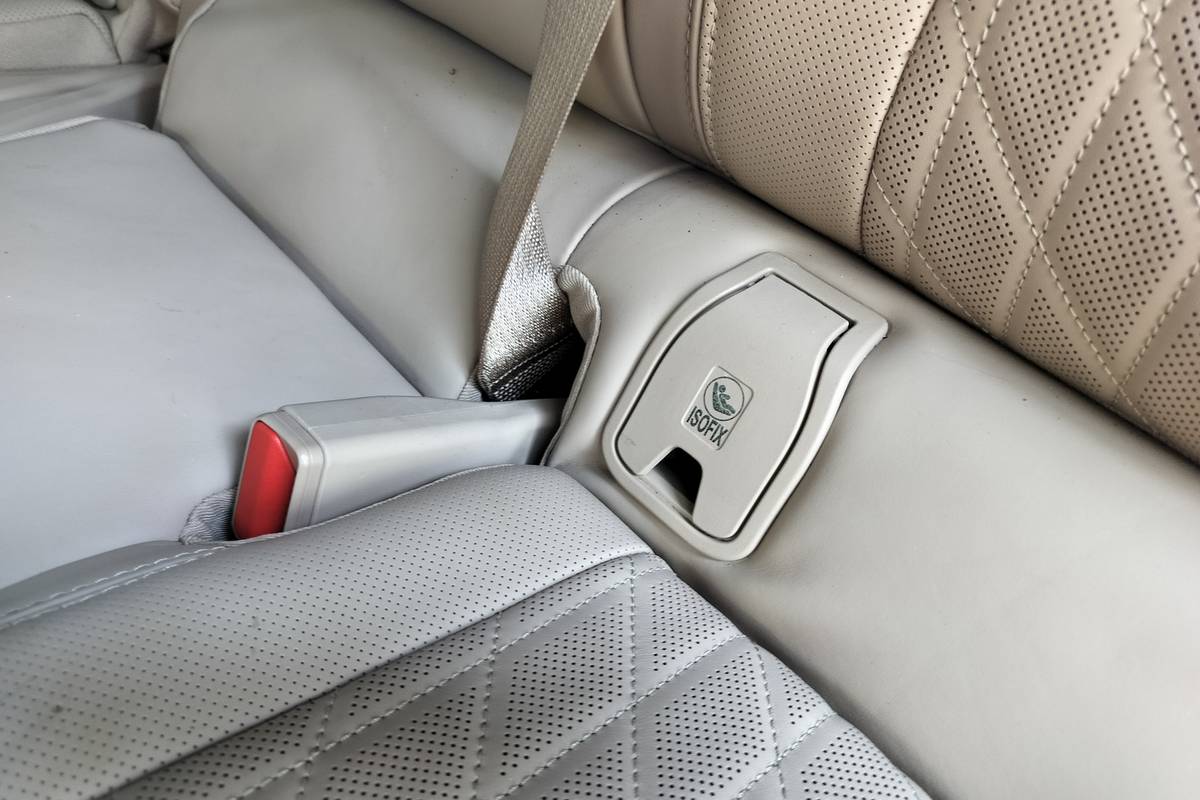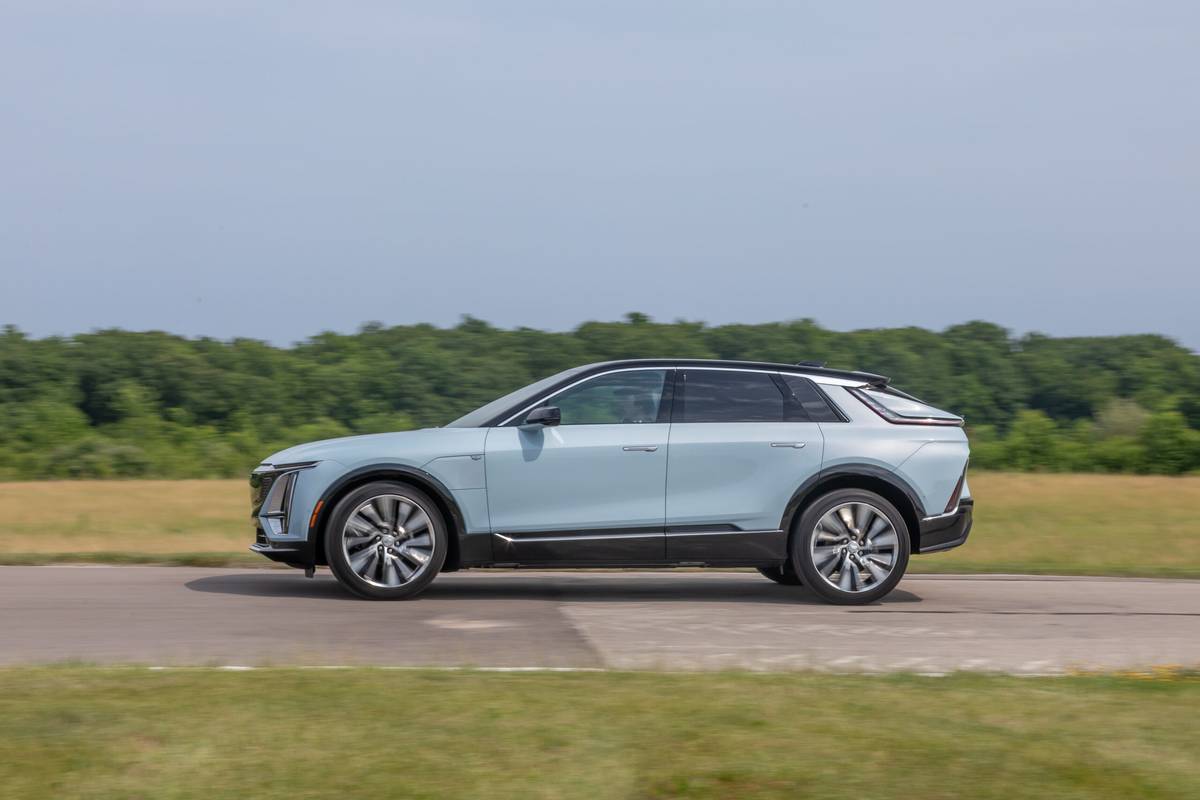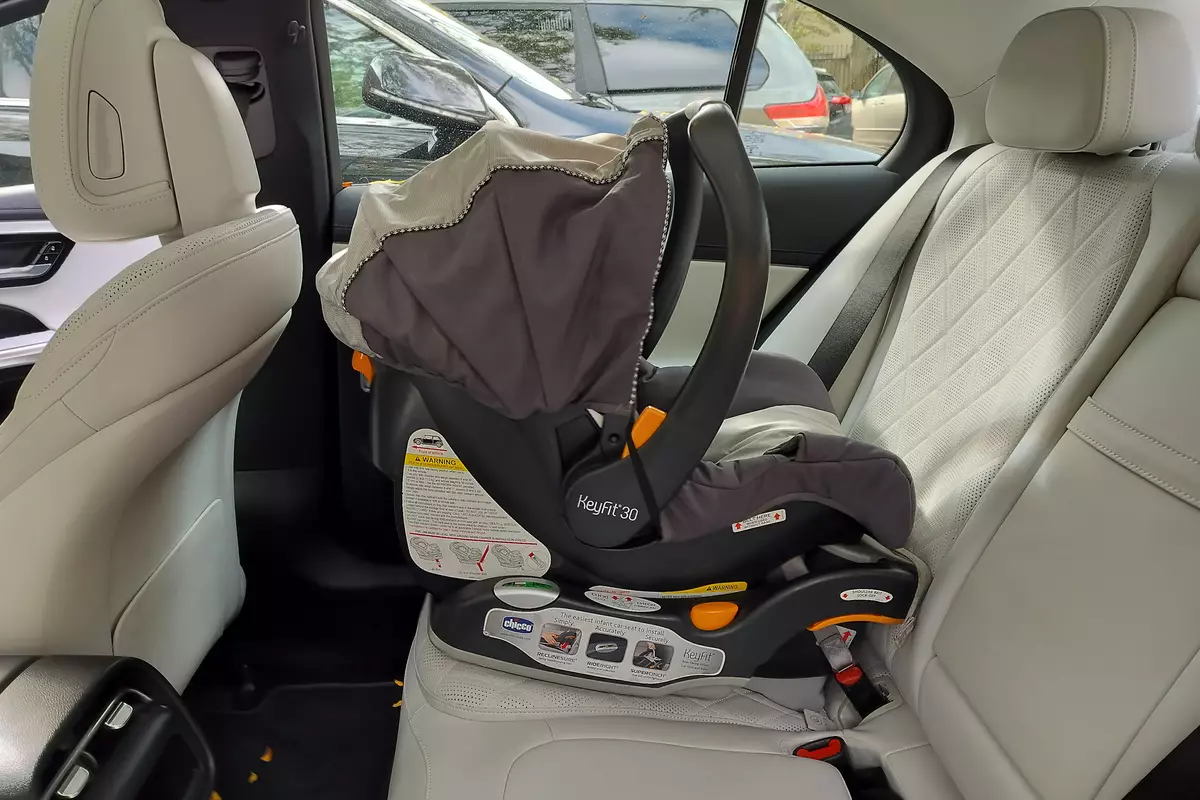The Morning Call and Mcall.com's view
One thing a consumer can always be sure of in the automotive market is that new models will be different. After all, manufacturers do need to justify why their products should be bought even though the consumer may have a perfectly suitable vehicle. There is nothing really wrong with this. It does keep the money flowing and the consumer glowing. But if this is true, how come vans are so popular? Here’s a group of vehicles that essentially look, act and feel the same as they did last year, the year before and, for that matter, many, many years ago.
Mechanically these vehicles have been refined and brought up to date over the years but somewhere along the line the drafting tools were thrown out the window in the design department. All of them still look like oblong boxes with wheels. If there has been any attempt at aerodynamics, it has been subtle. This apparently is no big problem since the full-size van (we’re not getting into the mini or compact vans now) still has a big following. But, then, there is really no alternative to the full-size van. However, the full- size van can be an alternative to a large passenger car, a station wagon and/or a recreational vehicle. Or, on the mundane side, it could also be used for work.
All of this brings us to this week’s test vehicle, the Ford E-150 Club Wagon XLT, which is the classiest van in the Ford Econoline line. Here is a vehicle that is as comfortable as any limousine, almost as big as a house boat and as stylish as a box car. Looking at this vehicle is really an experience in deja vu. You say to yourself, I’ve seen this vehicle before. And you are absolutely right. It looks like every Club Wagon before it. But, as mentioned, this is really no handicap.
Entering the Club Wagon is like walking into Crystal Cave. There’s room to the right, room to the left and room above. Fortunately, the Club Wagon’s ambiance is somewhat brighter. Here’s some dimensionsto give you an idea of just how big the Club Wagon is: overall length, 206.8 inches; wheelbase, 138 inches; width, 80 inches, and height, 81 inches. The Club Wagon is a passenger vehicle but if all the seats were removed (with the expectation of the front two), cargo volume measures almost 300 feet.
The Club Wagon is available with many seating arrangements. The test vehicle was equipped with four captain seats and a large bench seat in the rear, which meant it could seat seven passengers with plenty of air space in between them. There may be more luxurious vehicles than the Club Wagon but very few that will give you more stretch out room. And try this one, you could even walk around (admittedly on your knees) and socialize with other passengers.
The test vehicle was not a conversion van or camper but its rear seat could be converted into a bed. This rear seat/bed arrangement also provides plenty of storage space. When in place as a seat, there are two sto rage levels in the rear, and when extended into a bed, there’s one big out-of-sight compartment. And although designed as a vehicle to move a number of people in comfort and convenience, the Club Wagon lends itself to weekend camping trips and long distance travel.
Compared to a small vehicle, the Club Wagon is absolutely awesome in size. But before anyone gets the idea that it takes some special license to drive the Club Wagon, it should be noted that it is not a difficult vehicle to drive. There are, however, several things to keep in mind. The most important is to not cut corners. In other words, don’t make a turn until you are actually around it. The Club Wagon’s 17-foot length is certainly long but shorter than some of today’s full-sized cars. (The squared-off styling does make it look longer than it really is.) But the 138-inch wheelbase is very, very long, which means a driver must be careful not to straighten out too quickly when either entering or leaving a parking space or when rounding a corner. Also, because of its height, look carefully before going under something (such as a garage opening or low underpass that would not pose a problem for a passenger car).
But otherwise, things aren’t too bad. High seating gives a good command of the road and panels of glass all around provides a good overall view. And since the test vehicle had an automatic transmission, power steering and power brakes, it didn’t require any brawn to drive. The Club Wagon features Ford’s Twin-I-Beam independent front suspension, which also helps the ride. The test vehicle was equipped with P235/75R15 steel-belted radials. These are passenger car tires not truck tires, so again the ride was helped along. (The heavier load rated E-250 and E-350 series vans are more truck-like than the E-150 and use truck-type tires.)
The test vehicle was equipped with the optional 302-cubic-inch (5.0-liter) V-8. This engine in various states of tune has been available from Ford for a number of years and has a good reputation. The test vehicle had the two-barrel carburetor version which is rated at 150 horsepower at 3,600 rpm and 250 foot pounds torque at 2,600 rpm. This provided good performance for all Lehigh Valley driving conditions. The test vehicle was also equipped with the optional four-speed automatic overdrive transmission. As the name implies, this transmission has an overdrive fourth gear (a gear with a ratio of less than one-to-one) that is designed to keep down engine rpm at highway speed. Keeping down the rpm accomplishes two things: it reduces noise and, perhaps more importantly, improves fuel mileage.
The test vehicle averaged 10 miles per gallon for city driving and 16 mpg over the highway. Figures like this would probably induce nose bleed to the driver of an economy car, but are quite realistic for a large van. The test vehicle had the optional 18-gallon auxiliary tank in addition to the standard 22-gallon fuel tank. So, with 40 gallons of fuel, there’s a long, long trail awinding between pit stops. (Filling up both these tanks, however, almost requires a small business loan.)
The standard engine for the E-150 is a big 300-cubic-inch (4.9-liter) in line 6-cylinder. This engine is rated at 125 horsepower at 3,200 rpm and 245 foot pounds torque at 1,800 rpm. This is a lot of engine and should provide enough juice for all Lehigh Valley driving conditions. For someone who plans to do a lot of hauling or towing, or just likes to stick his/her foot in it, another optional engine is the 351-cubic-inch (5.8-liter) V-8 H.O. (High Output). This power plant produces 210 horsepower at 4,000 rpm and 305 foot pounds torque at 2,800 rpm.
Base price for the E-150 Club Wagon is $11,641. The test vehicle had a bottom line of $18,871, which is certainly a tidy, though not outlandish, sum for a well-equipped big van. In addition to a destinati on and delivery charge of $479, other expenses included: the ”Rapid Special Package” (light group, auxiliary fuel tank, speed control/tilt steering wheel, XLT trim, side privacy glass and power door locks and windows), $2,238; high capacity air conditioning, $1,539.50; 302 V-8, $440.60; Captains Chairs and rear seat/bed combination, $692; automatic overdrive transmission, $694.40; AM-FM electronic radio with cassette, $295; chrome rear step bumper, $109.80; premium sound system, $134, and ”Deluxe Tu-Tone” paint, $198.40.
Latest news



